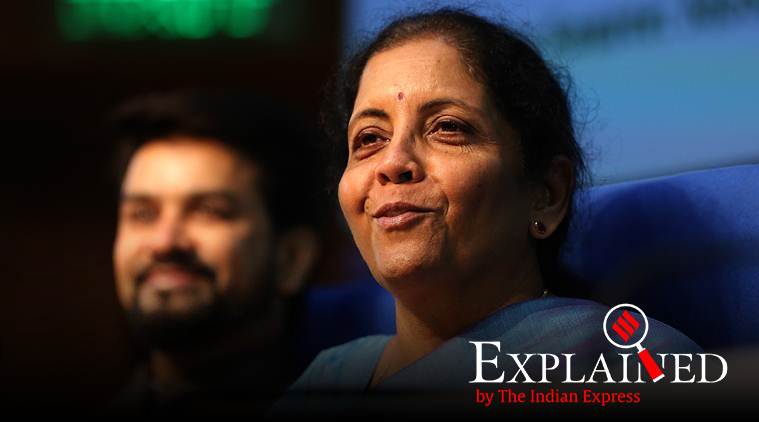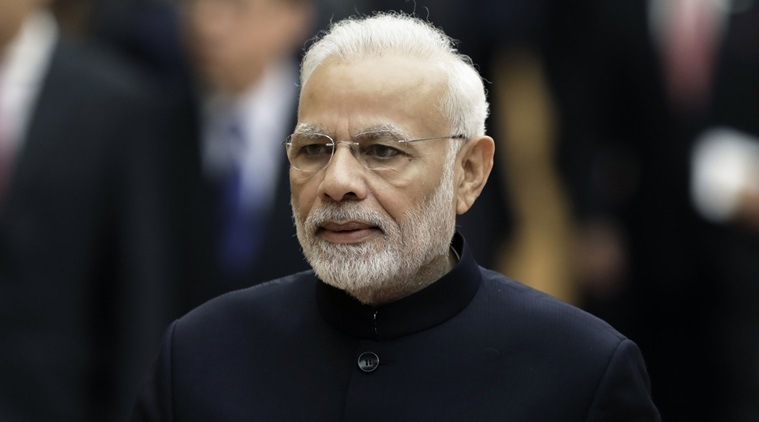The structural issues that need to be addressed are land and labour reforms, and what Rathin Roy, member of Prime Minister’s Economic Advisor Council explained lucidly – products and services affordable to middle and lower income people.
AFTER Finance Minister Nirmala Sitharaman slashed the corporate tax rate on Friday to 22% from 30%, the key question is: will it kickstart the economy just as it did the equity markets?
Even before one attempts to find an answer to this question, the magnitude of the cut cannot be underscored. This big (more than a fourth) cut in corporate tax rate comes after a gap of almost 15 years.
In 2004-05, the tax rate was reduced to 30% from 35% (one-seventh), seven years after P Chidambaram’s Dream Budget which cut it to 35% from 40% (one-eighth). Drawing a cricketing analogy, Sitharaman Friday hit the ball out of the stadium. But the economy needs many more sixes, given the required run rate to reach the GDP target of $5 trillion by 2024. This requires a run rate of 14-15% every year.
The tax rate cut does three things: One, it increases the profitability of companies in India, leaving them with extra cash to invest. It also restrains India Inc from demanding more sops, putting pressure on them to invest. Two, it creates a feel-good sentiment, and sends a strong message about the government’s faith in India Inc – corporate is not a dirty word any more. Three, it does put pressure on the fiscal position for the Centre.
The annual cost of this cut, which no government will be able to restore, is Rs 1,45,000 crore, almost one per cent of the GDP. States don’t have a choice, but part-foot the bill – 42% of Union taxes is devolved to them, so they will receive almost Rs 61,000 crore less from the Central government. They will have little fiscal headroom to expand spending programmes.
Looking back, within three months of Budget, and in a span of just four weeks, Sitharaman has announced a string of measures: doing away with the surcharge on Foreign Portfolio Investors, big-ticket bank mergers, a new scheme to promote exports, upfront capital infusion for banks, and sops for auto and real estate sectors.
None of these measures, however, addresses the structural issues that cry for attention. Nor do they seriously address the immediate problems of demand revival and lacklustre private investment. But if the question is, was the Indian economy better without these, the answer isn’t yes. This will not perk up private investment in the short run, which has remained moribund for almost seven years now.
What could have been the other options on the table? Higher infrastructure spending, which has a better multiplier effect. Or a sharp cut in indirect taxes, which gives even the last person on the queue the benefit of lower prices.
The structural issues that need to be addressed are land and labour reforms, and what Rathin Roy, member of Prime Minister’s Economic Advisor Council explained lucidly – products and services affordable to middle and lower income people. If issues related to availability of land and price of land aren’t sorted out, then giving more money to corporates hardly achieves what is desired.
Friday’s move will certainly help companies deleverage their books. But their normative preference would not be to fresh investments, especially when capacity utilization across many sectors hasn’t crossed 75%. The government, so far, has been overusing cyclical tools of fiscal and monetary policy to reverse the slowdown. It has refused to acknowledge the big structural element that has exacerbated the situation. The two pillars of sustainable growth are consumption and private investment. India has been predominantly a consumption-driven economy. But, for sustainable growth, private sector must start investing.
Source: Read Full Article



